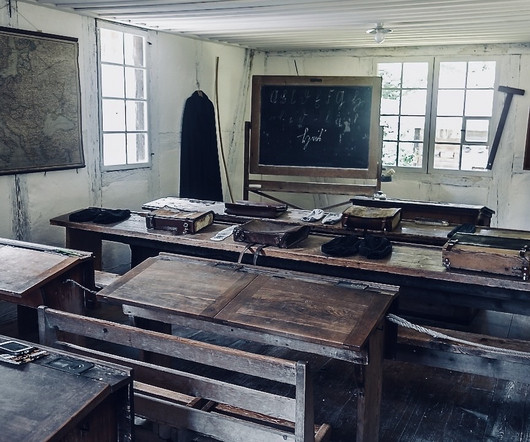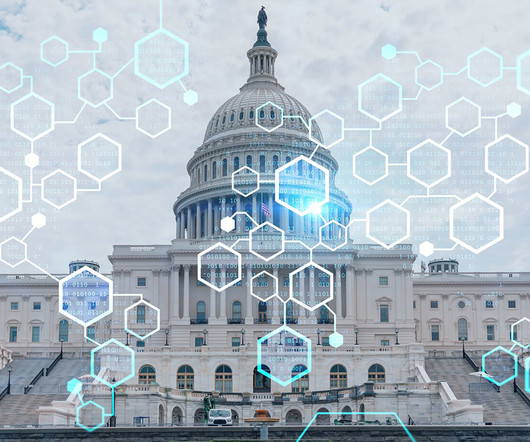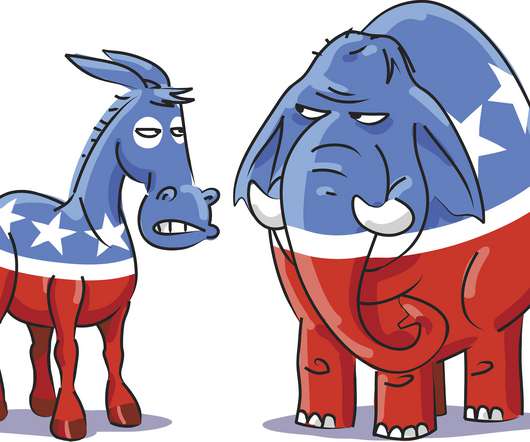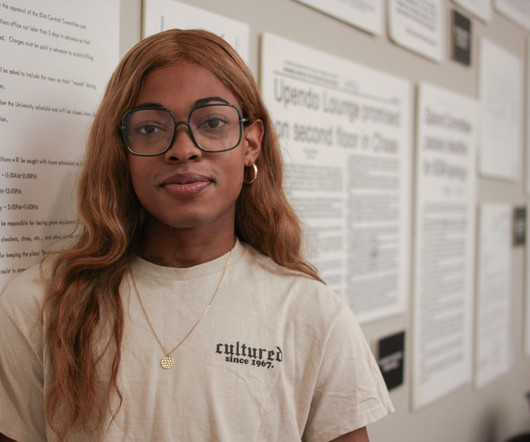Why Government Teacher Amy Messick Ran For School Board
Teaching American History
MARCH 11, 2025
She also encourages them to figure out their own political views and to actively engage in civic life. As immigrant students from Somalia, Venezuela, and elsewhere have swelled the student population in her district, students attitudes toward racial, religious, and cultural diversity have shifted toward greater openness.














Let's personalize your content